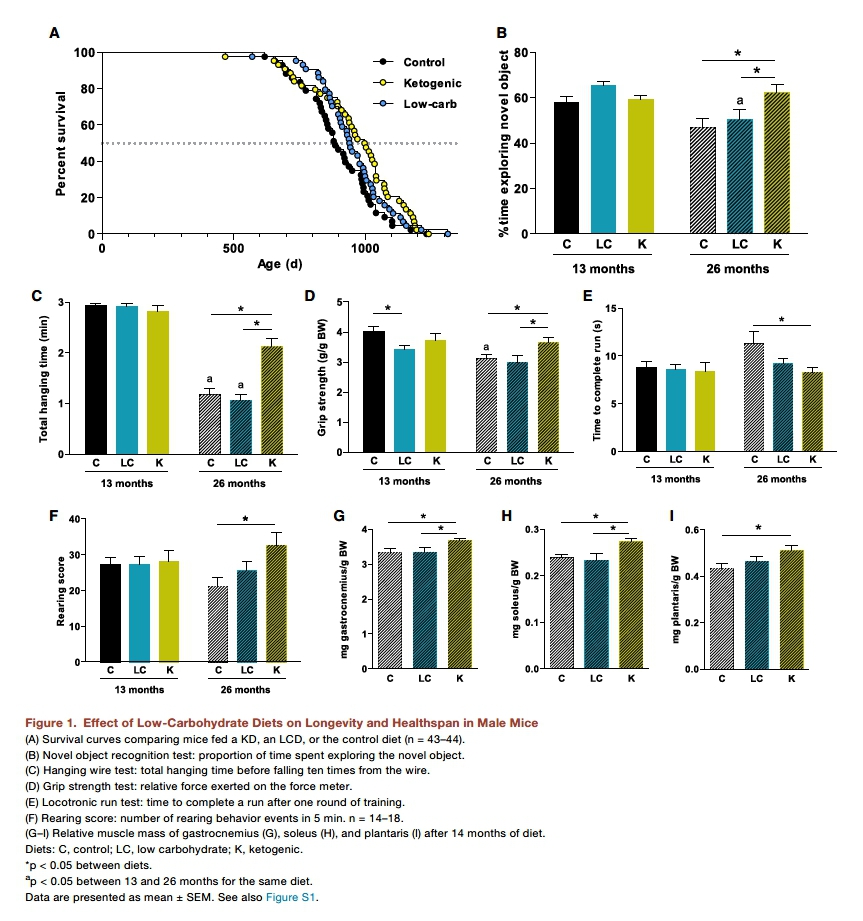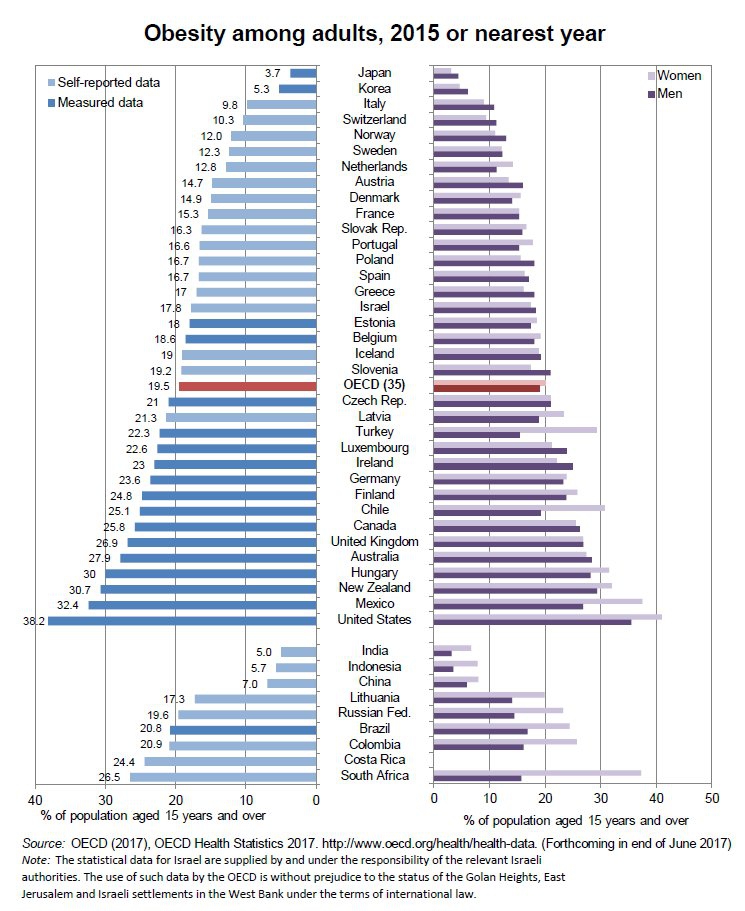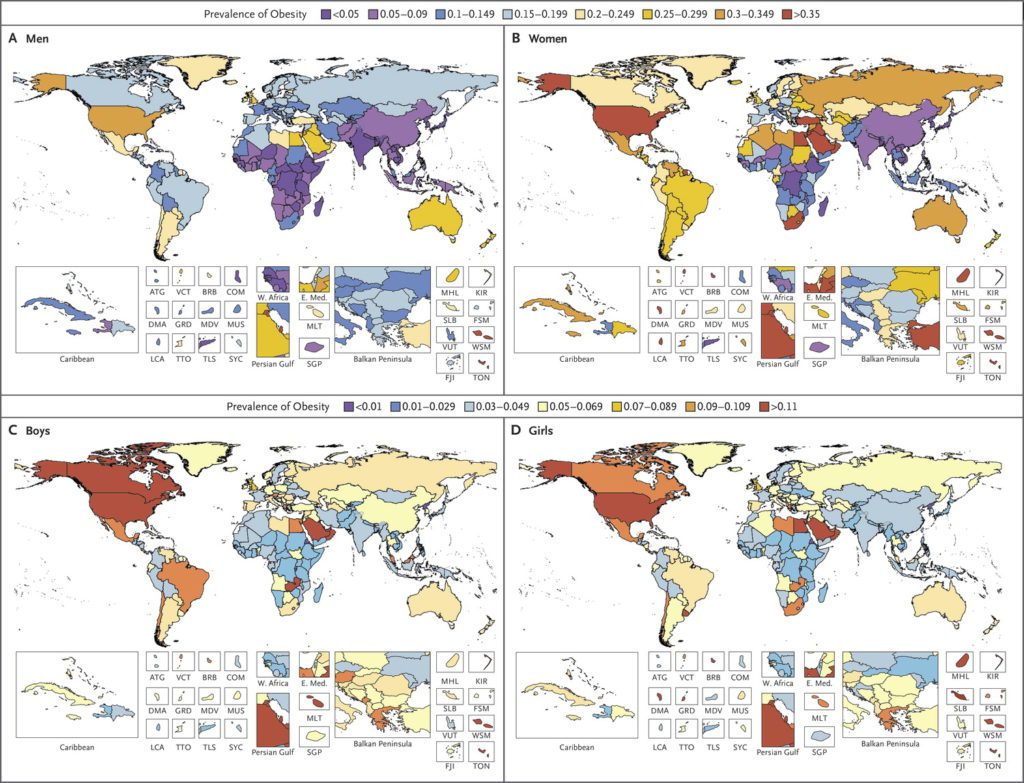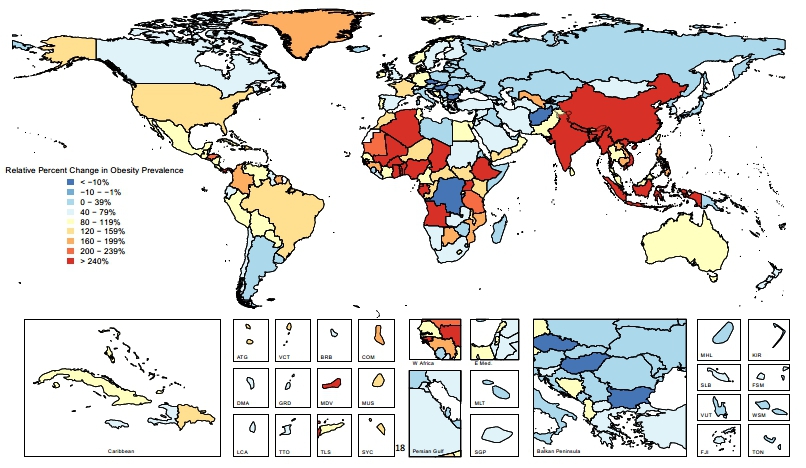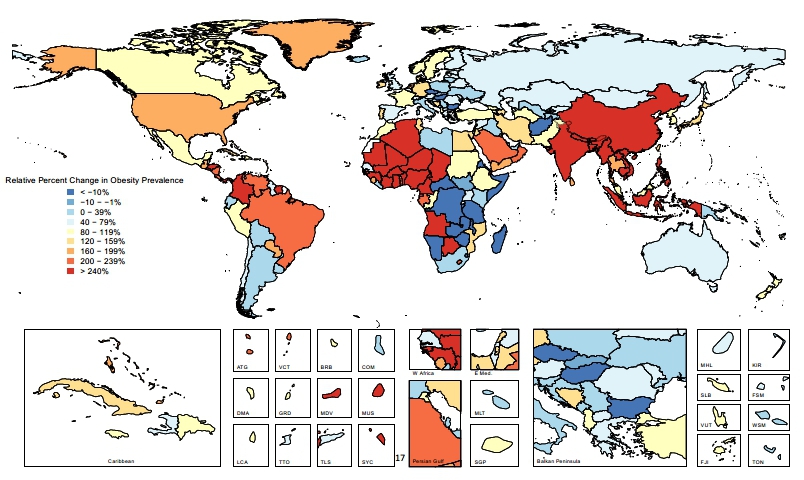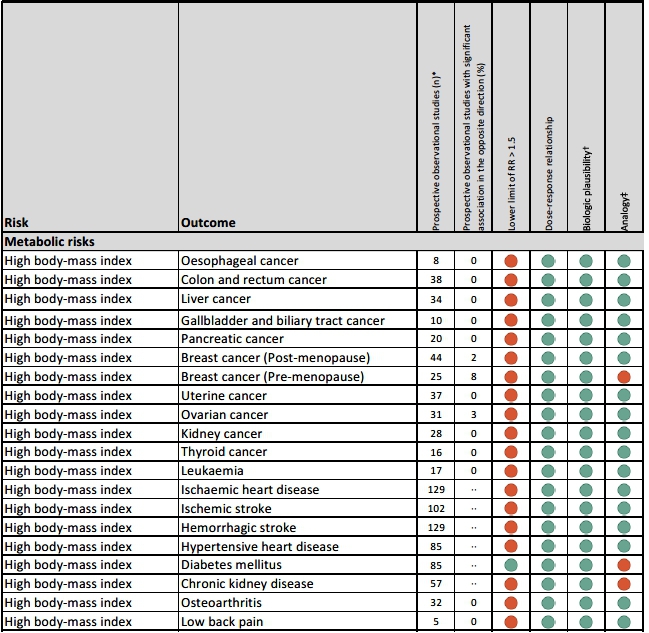A very interesting study in Cell Metabolism demonstrates that energy-controlled high-fat low carbohydrate diets are not detrimental to health, but rather a ketogenic diet (with a very high proportion of fat) extends lifespan and slows age-related decline in physiological function in mice.

For information on ketogenic diets in humans
Calorie restriction (CR) has long been shown to increase longevity in animal models. However longitudinal studies in humans are not possible. The exact mechanism for contributing to increased longevity in CR animal models remains unresolved however it has long been recognised that CR induces a shift from carbohydrate to fat metabolism. Low carbohydrate diets (LCD) have been shown to induce a shift from carbohydrate towards fatty acid oxidation metabolism.
In this paper the authors have studied the most extreme LCD, the ketogenic diet in an animal model. They studied mice by strictly regulating their diet and generated three cohorts: LCD group fed 70% of their kcal as fat, a KD group fed 89% of their kcal as fat and a control group fed 65% of their kcal as carbohydrate.
The results of the study have confirm earlier studies which showed that a KD promoted an anti-inflammatory metabolic state with elevated blood ketone levels comparable to CR. This study however goes well beyond previous studies following the population from birth to post-mortem. The primary objective of this study was the evaluate the influence of LCD and KD on longevity and health-markers in mice.
The results of this study include:
- The results clearly demonstrate that lifespan is increased in mice consuming a KD when a feeding strategy is followed that mitigates weight gain in adult mice. It is often assumed that a high-fat diet will shorten life expectancy however, this study indicate that a calorie-controlled LCD started in middle-aged mice does not have a negative impact on aging. Further evidence does not support the idea that level of protein is primarily responsible for the increased longevity;
- This study shows that a KD slows cognitive decline and preserves motor function in aging mice. KD maximizes and preserves forelimb grip strength with age. Respiratory quotient was decreased by an LCD or a KD compared to a control diet.
- KD mice showed glucose intolerance however insulin sensitivity after a 4 hr fast was enhanced by a KD if compared to the LCD, indicating that insulin signalling is functioning normally in mice fed a KD
- Ketones would appear to positively impact muscle homeostasis and may play an important role as neuro-protective signalling molecules
- The level of acetylated p53, a key tumour suppressor protein, was 10-fold higher in liver after 1 month on a KD and as a likely consequence, incidence of tumours at time of death, particularly histiocytic sarcoma, was decreased with a KD
For information on ketogenic diets in humans
A Ketogenic Diet Extends Longevity and Healthspan in Adult Mice
ABSTRACT
Calorie restriction, without malnutrition, has been shown to increase lifespan and is associated with a shift away from glycolysis toward beta-oxidation. The objective of this study was to mimic this metabolic shift using low-carbohydrate diets and to determine the influence of these diets on longevity and healthspan in mice. C57BL/6 mice were assigned to a ketogenic, low-carbohydrate, or control diet at 12 months of age and were either allowed to live their natural lifespan or tested for physiological function after 1 or 14 months of dietary intervention. The ketogenic diet (KD) significantly increased median lifespan and survival compared to controls. In aged mice, only those consuming a KD displayed preservation of physiological function. The KD increased protein acetylation levels and regulated mTORC1 signaling in a tissue-dependent manner. This study demonstrates that a KD extends longevity and healthspan in mice.
